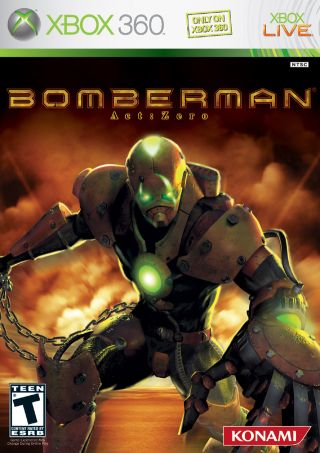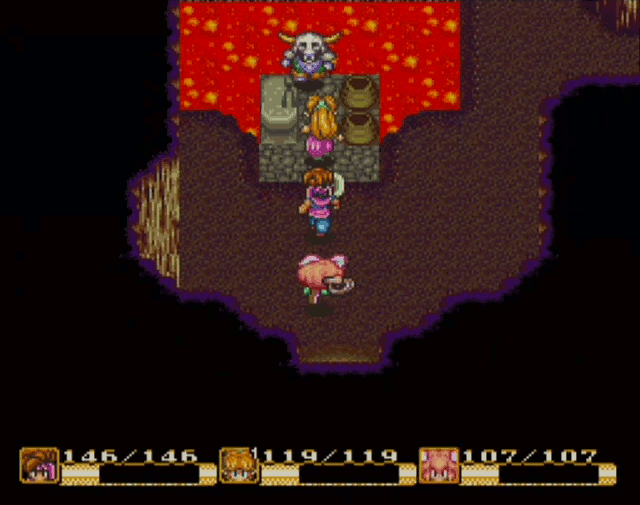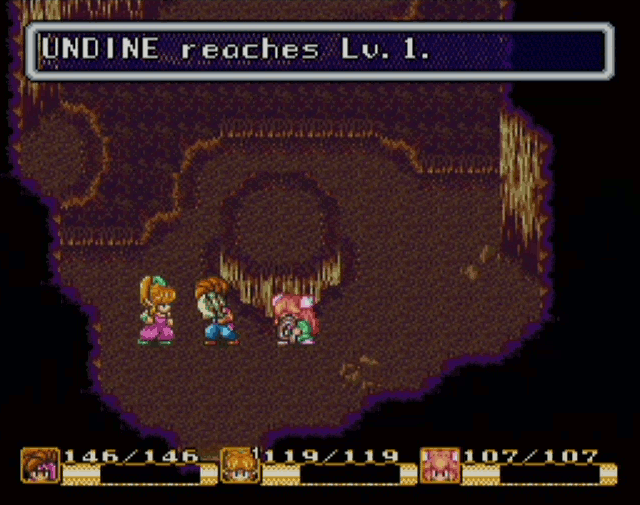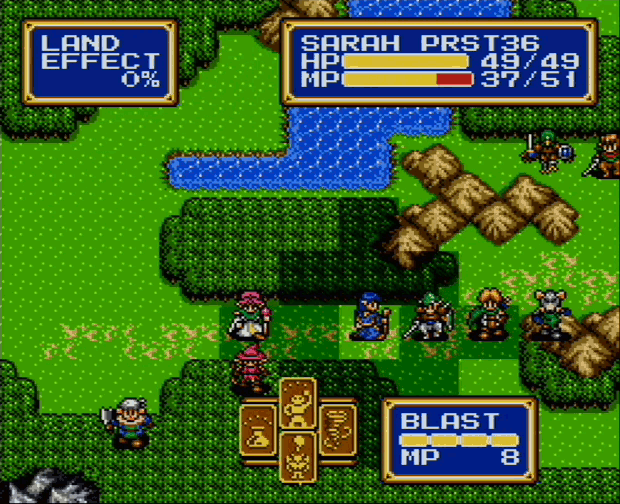Originally a script for a video review, so some parts may stick out and, without visual aids, I recommend having played the game already! Note: this is for the original Tales of Symphonia, so if anything changed in the re-release, I haven’t touched on it here.
Quick links to other entries:
Intro
Part 1
Part 3
Part 4
Part 5
—
—
—
…Where was I again?
Oh, right. “I just believe” isn’t too terrible a response. We all believe in at least a few things we haven’t seen firsthand.
caption: dark matter, string theory, human rights and other Platonic notions of justice or goodness, parallel universes, life on other planets, life at ocean depths that haven’t been visited, animals you’ve never seen, countries you’ve never traveled to, the laws of physics remaining constant tomorrow
And I’ll give credit for not pulling out Pascal’s Wager.
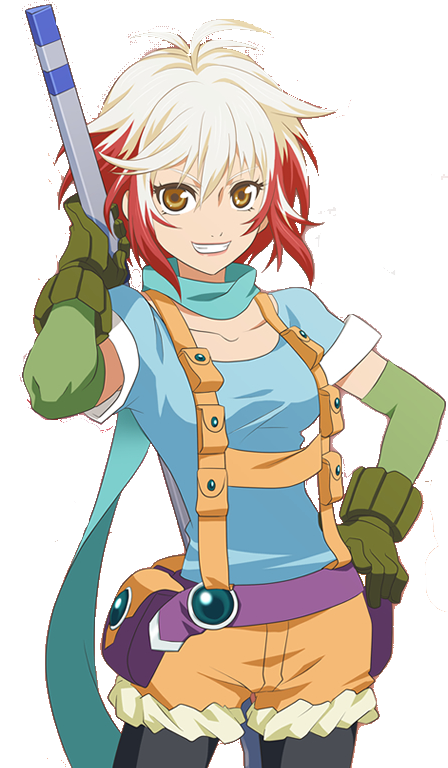
No, not that Pascal. Wrong Tales game!
caption briefly flashed; people will have to pause if they want to read it: In all seriousness, while Pascal’s Wager may be a poor reason for Christian faith because of the specifics of our faith, namely that “I’ll believe just in case lulz” arguably isn’t a belief, it’s a pretty handy tool for probabilistic utilitarians in the tangible world. I don’t know for sure if lead-based paint, cell phone signals, sulfates in shampoo, aspartame in soda, or fluoridated water are harmful or if microwaves really so supercharge the particles inside food that our bodies’ defense systems cease to recognize them as food and begin attacking them like poison or something. I just ask myself what it would cost me to avoid them all and the answer was “not much,” so I kept microwave popcorn and tossed out everything else. No more philosophy in the rest of the videos, promise!
—
—
—
7) It’s Bunglers All The Way Down
The party leaves Palmacosta again, but in their absence, Chocolat’s taken to a human ranch. Everyone agrees to save her, but first they run into the ninja girl again, praying in a church. She gets huffy and flustered while Lloyd and mostly Colette disarm her with kindness and get her name, ![]() Sheena, until she can’t take any more happy power and smoke bombs out again. (Caption: Hopeless Characters: 1)
Sheena, until she can’t take any more happy power and smoke bombs out again. (Caption: Hopeless Characters: 1)
Now off to the ranch. The Governor’s assistant warns everyone they’ve been led into a trap, so Kratos and Raine want to ditch Chocolat and go save the world. Colette vetoes them because she’s the Chosen, and the assistant wants in too. Even though he can’t fight [Hopeless Characters: 2], Lloyd’s like yeah, sure, because no one knows as much as him about being told you’re worthless.





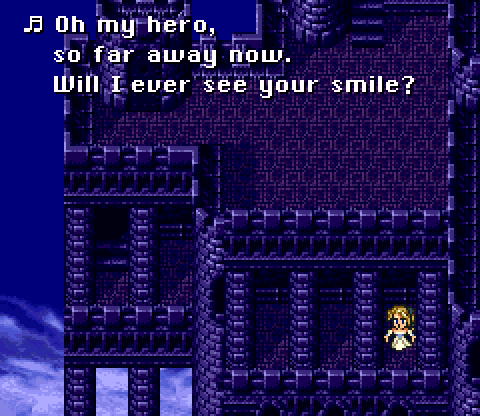
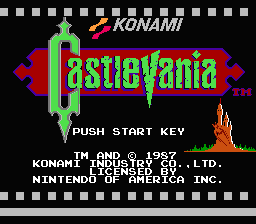
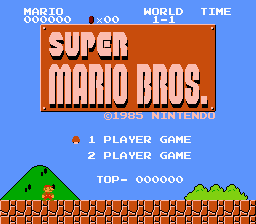
.png)
